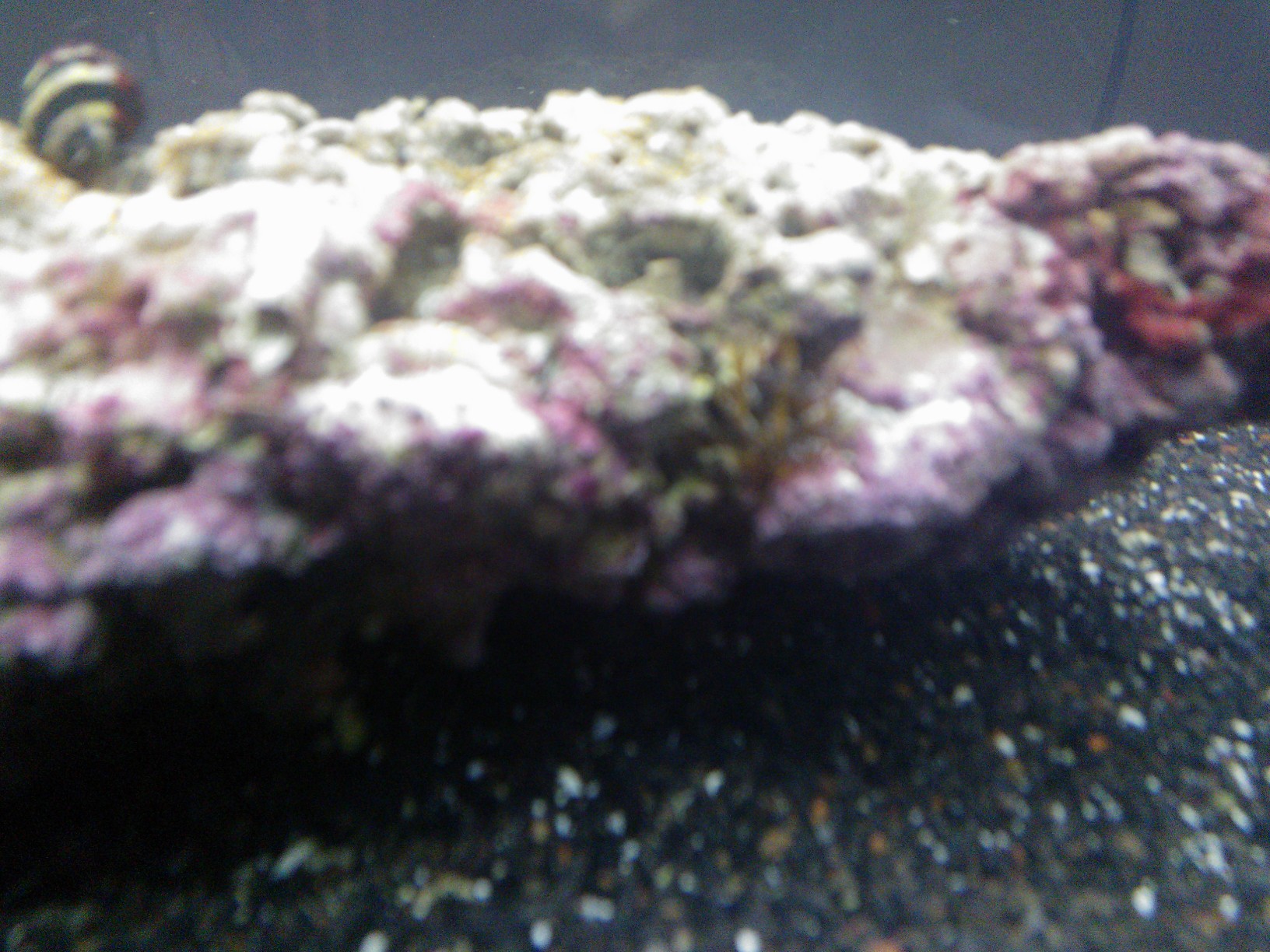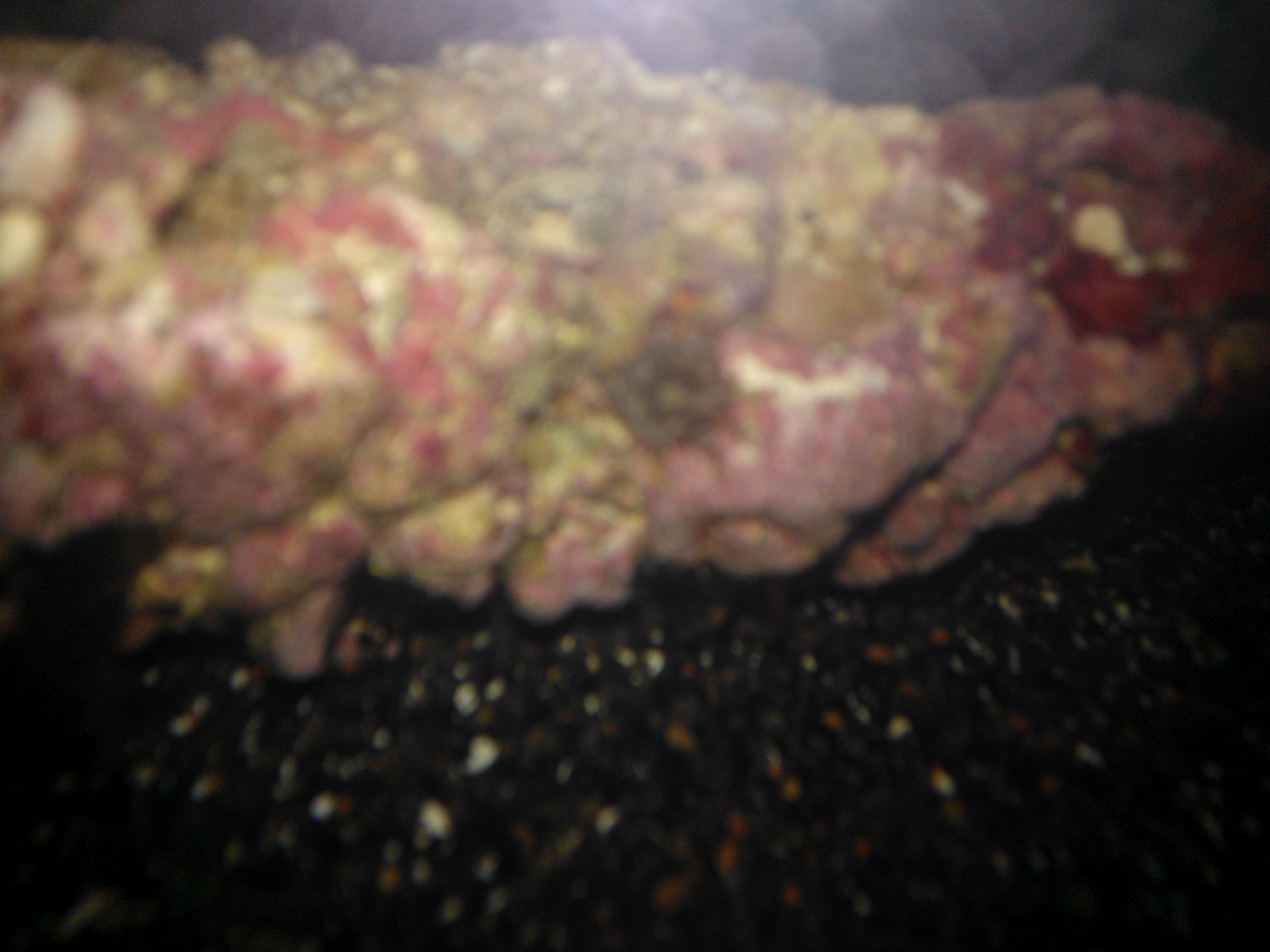Quote:
Originally Posted by
Pegasus http:///t/397483/the-order-of-things#post_3542887
It is possible to set up a tank without ever having a "cycle". The cycle is caused by dead organisms in live rock and live sand. If you use dry sand and dry rock, there are no organisms to decay, so there is no cycle. You can simply add a cup of live sand and a small live rock from an existing system, and it will seed the tank with beneficial bacteria. This is when it is extremely critical to stock slowly. Add one fish to feed the bacteria, which will begin to populate to meet the one fish's load. As the bacteria that converts Ammonia to Nitrite becomes populated, the bacteria that converts Nitrite into Nitrate will in turn become populated. If there is sufficient sand and rock, bacteria that converts Nitrate in Nitrogen will also form. That population will cease to increase once there is enough to consume what is available. That is why is it important to add fish gradually. Too many fish at once and your Ammonia levels will skyrocket, which can result in disaster, especially in smaller tanks. That's why you hear people recommend you get the biggest tank you can afford, as things happen slower with higher volumes of water. It gives you time to correct the problem before disaster strikes. Smaller tanks should be left to expert hobbyists, but it can be done by the greenest of novices. It just takes a LOT of attention. My point is, you have to allow the bacteria to populate to meet the load, so don't rush things. One of your best assets in this hobby is patience.
PS: Uncured dry rock and sand can be added to an established system at any time without causing a cycle.
Any ideas what is in my pictures?









